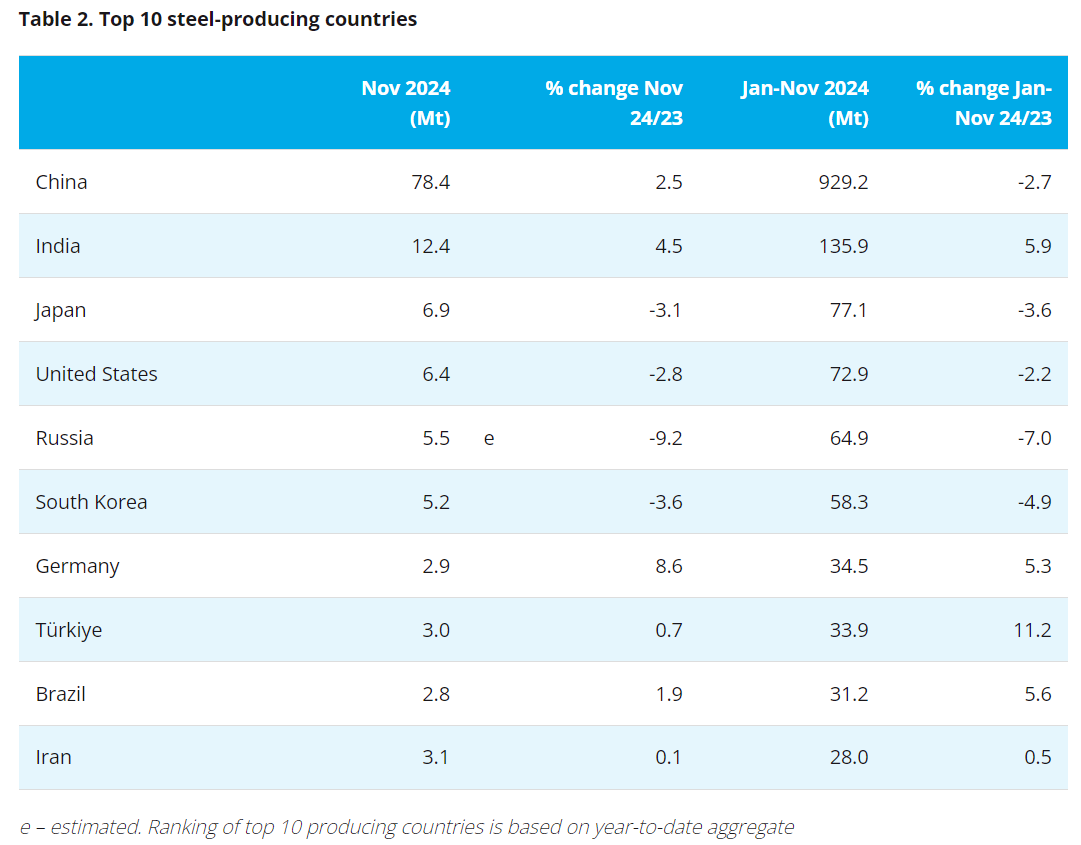You won’t find Ferrosilicon in your copy of the Periodic Table of Elements as it is a ferroalloy. This alloy of iron and silicon has an average silicon content ranging between 15% and 90% (by weight).
It is produced by reduction of silica or sand with coke in the presence of iron. Ferro silicon with silicon content up to about 15% is made in blast furnaces lined with acid fire bricks. Ferro silicon with higher silicon content is made in electric arc furnaces. The melting point and density of ferrosilicon depends on its silicon content. The usual formulations on the market are ferrosilicons with 15%, 45%, 75%, and 90% silicon. The remainder is iron, with about 2% consisting of other elements like aluminium and calcium. Microsilica is a useful byproduct of this process which is used in pozzolanic cement. In contact with water, ferrosilicon may slowly produce hydrogen. The reaction, which is accelerated in the presence of base, is used for hydrogen production。
The main project of Canadian Metals is its 100%-owned Langis Silica deposit located in the eastern Matapedia Region of Quebec, near the towns of Amqui and Matane, in Appalachian terrain.The Langis property covers a geologically-mapped area of highly siliceous sandstone of economic interest as a potential source of silica sand for an, as yet, undetermined market. It is the site of a small non-operating sandstone quarry that was explored and operated briefly during the 1980’s.
The deposit has been actively explored by CME for a couple of years now. A broad area of highly siliceous sandstone has been outlined by government mapping and by the existing quarry and the recent drilling completed in September, 2013. Core lengths from three of the drill holes, as well as selected sandstone blocks from the quarry, were sampled and sent for geochemical and physical analyses in order to characterize the sandstone and, as a result, to test for potential economic value.
In recent times prices have been edging up and have reached the highest levels in four years. According to Argus Minor Metals, some buyers are even prepared to commit to take material as far out as August, given an idea of the desperation that is setting in. This surge is being linked to strong demand from the aluminium and chemicals sectors. The aluminium fabricators’ need is due to sustained auto sector demand. Prices in late April hit €2,385- €2,415 per tonne. Supplies are said to be tight and stock levels are low which has prompted experts to say that these factors should support prices in coming months. In the interesting to note the price rise in the commodity has taken place at a time of depressed iron ore prices.
The linkage between this company and others we look for comes in the form of Victor Cantore who was a driving force at Nemaska Lithium in its early days. The rest of the board is all French Canadian which, dare I say it, seems to mean that the companies tend to be more serious in Quebec than many of the pump-and-dump merchants that emanate from Vancouver. If you want to see production you seem to be more likely to get it from French-Canadian managed companies.
With a track record of moving projects to production the prospects of Canadian Metals becoming a real producer is enhanced. That it should already have a rather stellar team of engineers, with heavy iron ore experience on board, means that we are not looking at the typical “(talk of) building it and they will come” flipper crew but at real business builders.
Canadian Metals have found themselves a somewhat unique niche in the listed markets with no other competitors we know of. With a tailwind from strengthening prices the sooner this project steps up to production mode the better.
- [Editor:tianyawei]



 Save
Save Print
Print Daily News
Daily News Research
Research Magazine
Magazine Company Database
Company Database Customized Database
Customized Database Conferences
Conferences Advertisement
Advertisement Trade
Trade














 Online inquiry
Online inquiry Contact
Contact

Tell Us What You Think